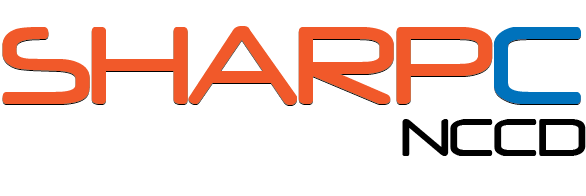July 23, 2012 - September 28, 2012
Online Course
$2,195
AMIA 10x10 Partner
Healthcare Interface Design Distance Learning Course
This is the second 10x10 offering from The Univeristy of Texas School of Biomedical InformaticsThe School of Biomedical Informatics at The University of Texas Health Science Center at Houston will be offering its Healthcare Interface Design Distance Learning Course as part of the AMIA 10x10 program.
The University of Texas Health Science Center at Houston’s contribution to the AMIA 10x10 is an online course that focuses on EMR, human-computer interaction, human factors and Health IT usability.
This on-line interactive course will allow the student to master the fundamental principles and methods in health interface design, learn how to evaluate the usability of existing systems, and also learn how to design new systems with built-in good usability by applying related theories, principles, methodologies and techniques.
The AMIA-UTH 10x10 course is intended for Health IT professionals, CIO’s, CMIO’s, system developers and programmers, researchers and informaticians, physicians, nurses, graduate students, postdoctoral fellows, and other healthcare professionals. The registrant should have an educational background in health sciences, computer science, informatics, or other related areas.
CME's currently are not available for this online course.
Click here for more detailed course logistic information.
Director
 Jiajie Zhang is the Dr. Doris L. Ross Professor and the Interim Dean at the School of Biomedical Informatics, University of Texas Health Science Center at Houston. He is the Principal Investigator of the ONC funded SHARP project on Patient-Centered Cognitive Support and the Director of the National Center for Cognitive Informatics and Decision Making in Healthcare. He is also the Director of Usability at the Texas Gulf Coast Regional Extension Center for Health IT. Dr. Zhang is an elected Fellow of American College of Medical Informatics. He will serve as the Director of the AMIA-UTH 10x10 program.
Jiajie Zhang is the Dr. Doris L. Ross Professor and the Interim Dean at the School of Biomedical Informatics, University of Texas Health Science Center at Houston. He is the Principal Investigator of the ONC funded SHARP project on Patient-Centered Cognitive Support and the Director of the National Center for Cognitive Informatics and Decision Making in Healthcare. He is also the Director of Usability at the Texas Gulf Coast Regional Extension Center for Health IT. Dr. Zhang is an elected Fellow of American College of Medical Informatics. He will serve as the Director of the AMIA-UTH 10x10 program.Dr. Zhang has spent the past two decades doing research in biomedical informatics, human-centered design, decision making, and information visualization. He has authored more than 150 publications. He has been the principal investigator or co-investigator on dozens of grants from ONC, NASA, Office of Naval Research, Army, NIH, James S. McDonnell Foundation, State of Texas, and other funding agencies.
This 10x10 course is based on the Healthcare Interface Design course Dr. Zhang has taught at the University of Texas at Houston for more than 14 years. Dr. Zhang has been teaching at the graduate and undergraduate levels for 20 years, having taught courses in human-computer interaction, information visualization, and technology-mediated social dynamics, cognitive science, and computer modeling. Dr. Zhang has supervised or co-supervised nearly twenty PhD students and over sixty master’s students. Dr. Zhang was a recipient of John P. McGovern Outstanding Teacher Award.
